It’s not unusual for a garden to be redesigned after a house has been extended, but it is very unusual for both interior and exterior work to be carried out by the homeowners themselves. “This was quite a special project, because our clients were every bit as committed to getting the details right as we were,” says Harriet Farlam of the small town garden that she and partner Ben Chandler have transformed with a design of great poise and polish.
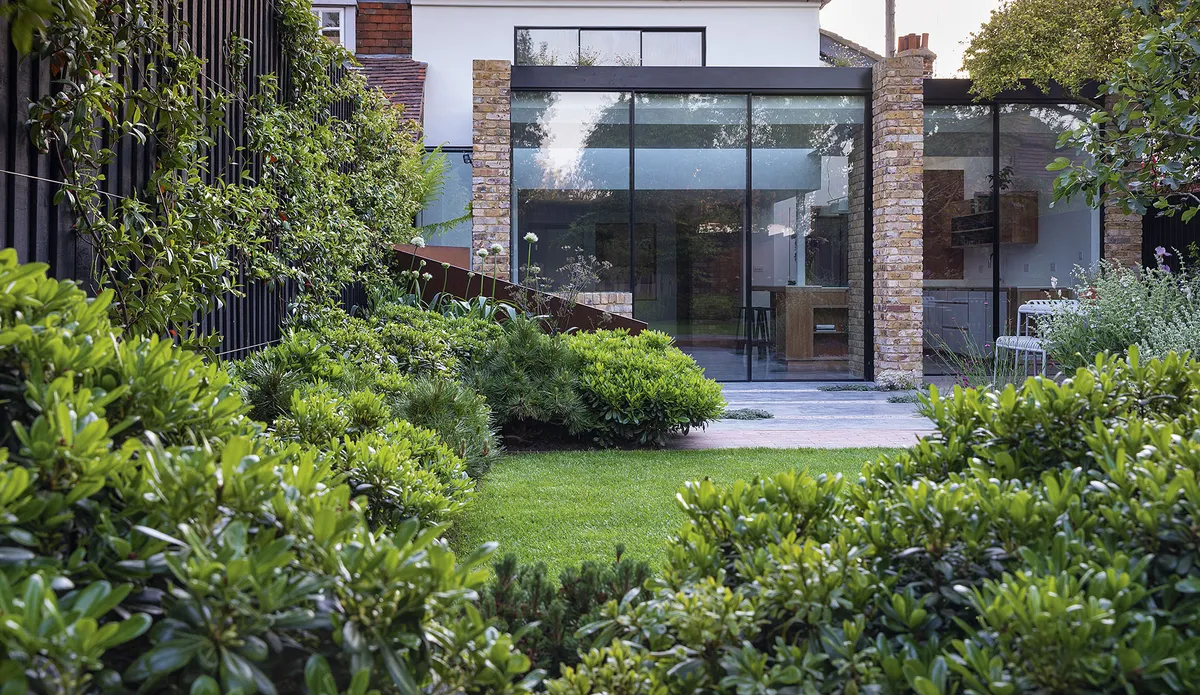
KEY ELEMENTS
What Private family garden. Where Whitstable, Kent. Size 20m x 7.5m. Soil Whitstable clay, improved to a depth of 40cm. Aspect Southeast-facing. Special features Garden studio, outdoor shower. Designed by Farlam & Chandler.
Tucked behind a tiny, listed cottage in Whitstable, on the north Kent coast, the garden runs out from a contemporary extension that has clearly been created for a family that relishes the outdoor life on offer in this magical location. Sliding panels of plate glass mean the whole back of the house can be opened up whenever the weather allows, and polished concrete floors run seamlessly from inside out on to a terrace.
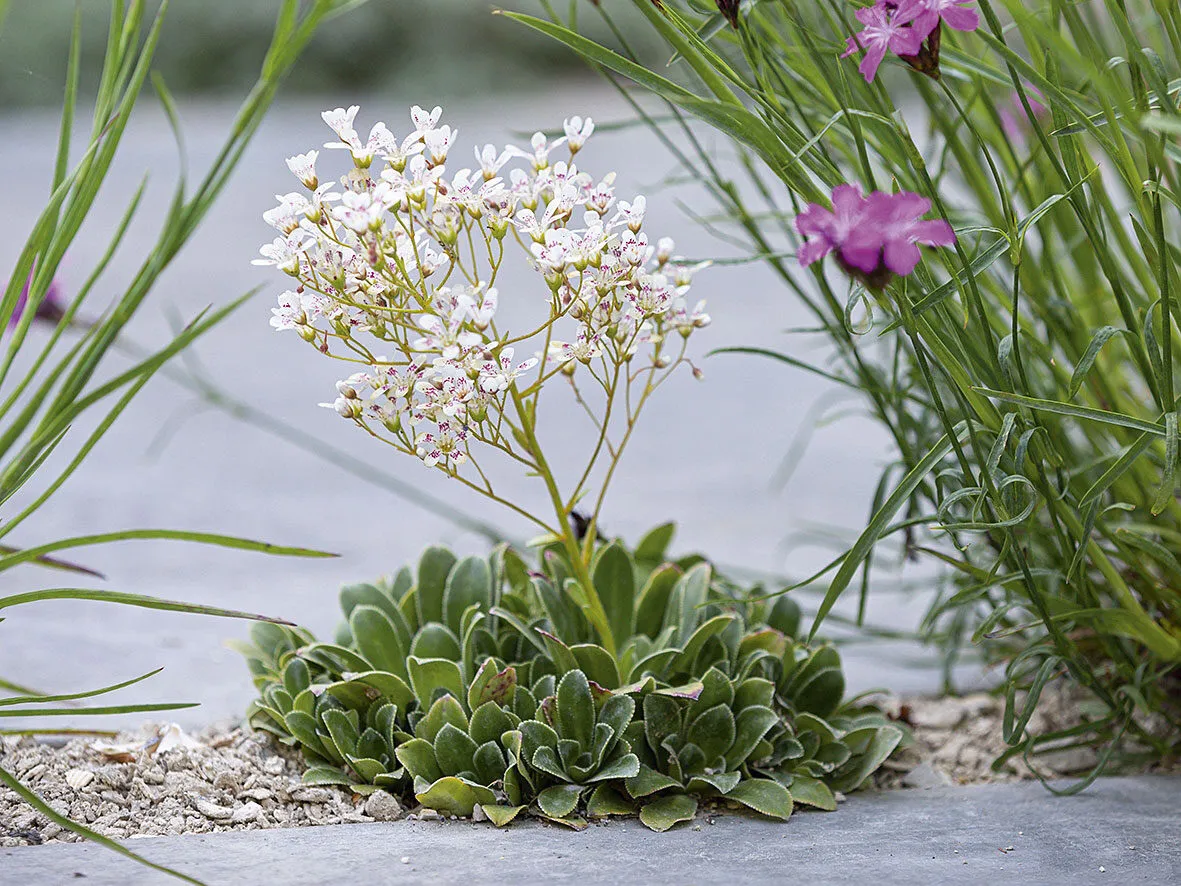
“Our brief was to create a really usable garden, with lots of space for entertaining, as well as a lawn for play and a private terrace next to the garden studio at the rear,” says Harriet. “Like their interiors, which are really smart but unfussy, the clients wanted stylish but low-maintenance planting, and an outdoor shower to wash away the sand after a day on the beach.”
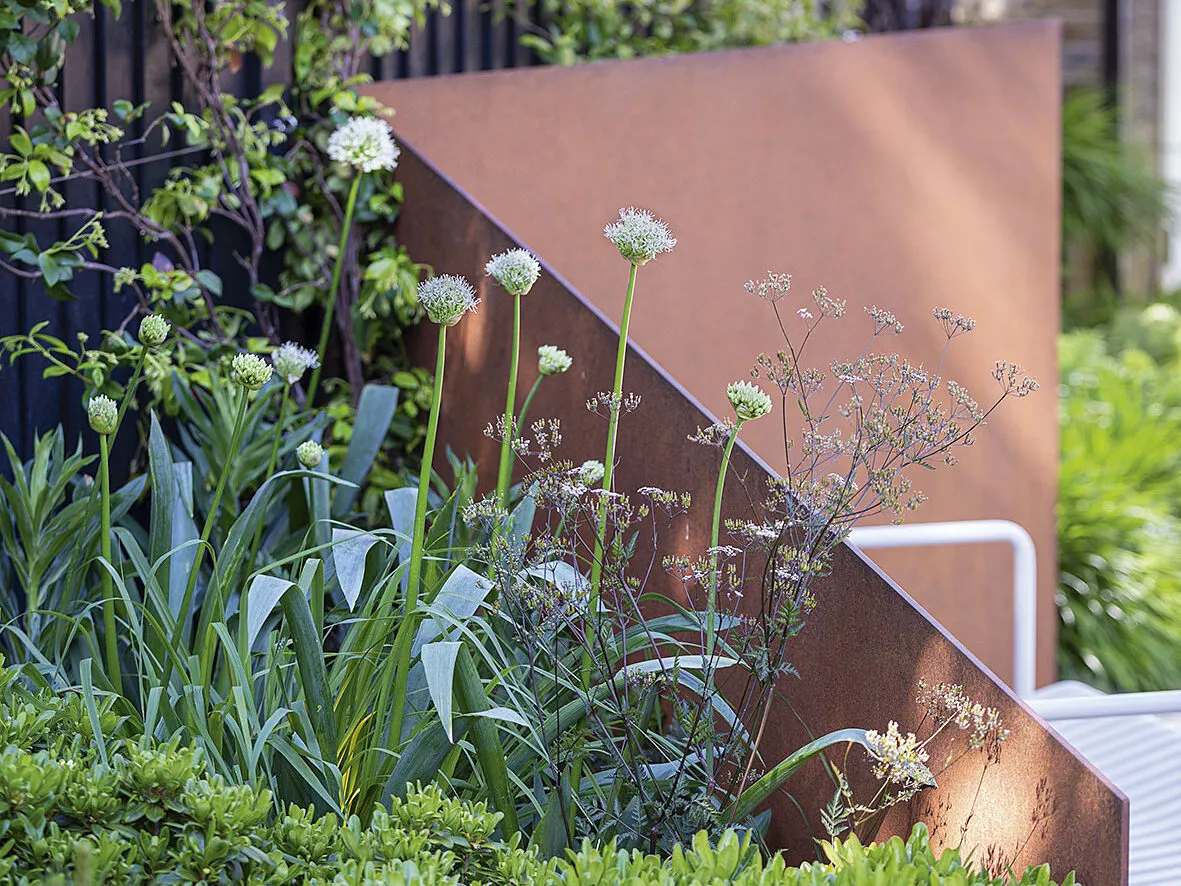
White Allium nigrum, backed by a Corten steel screen, rises out of mounds of Pinus mugo and Pittosporum tobira
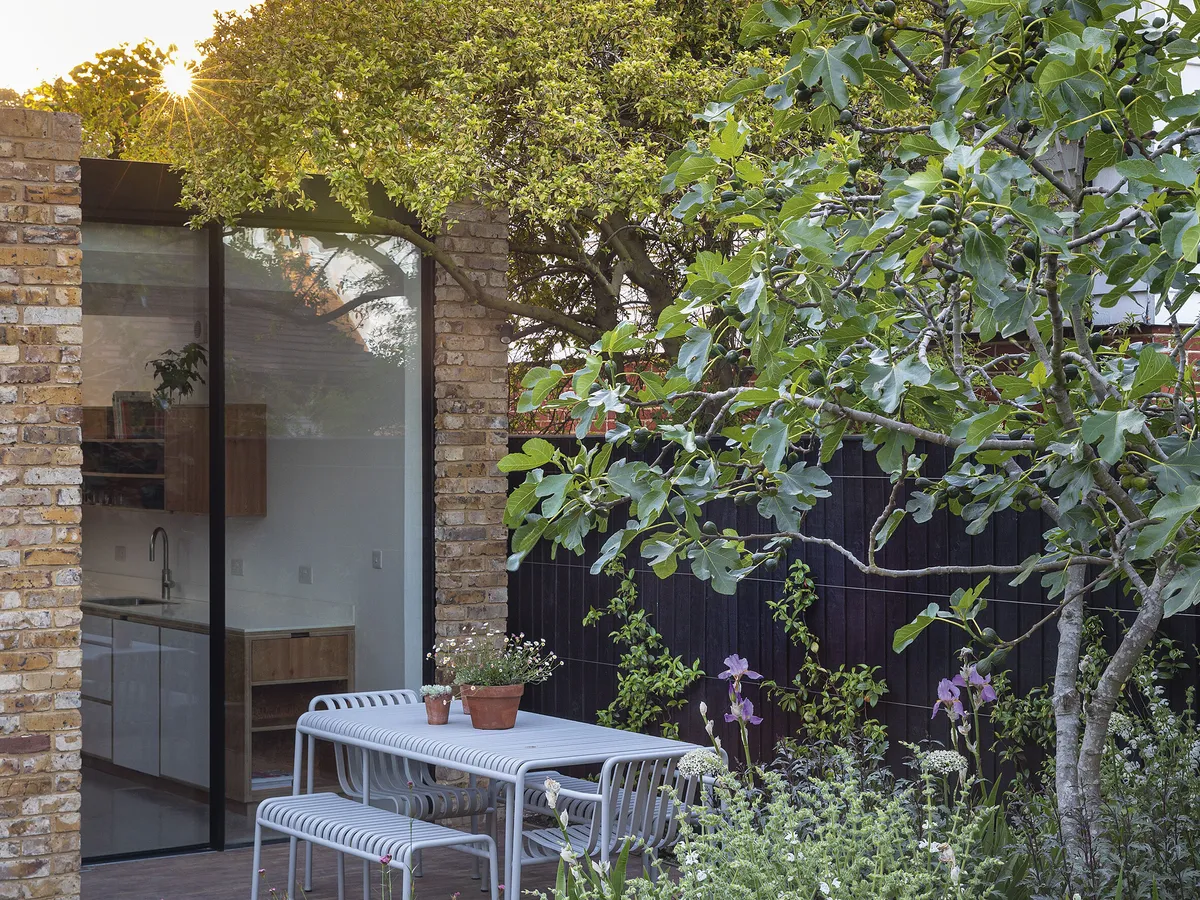
Tucked away on one side of the terrace outside the kitchen, the dining area is screened by a fig tree underplanted with trouble-free Mediterranean species, including woolly thyme, Salvia argentea, Ballota pseudodictamnus and pale-lavender irises.
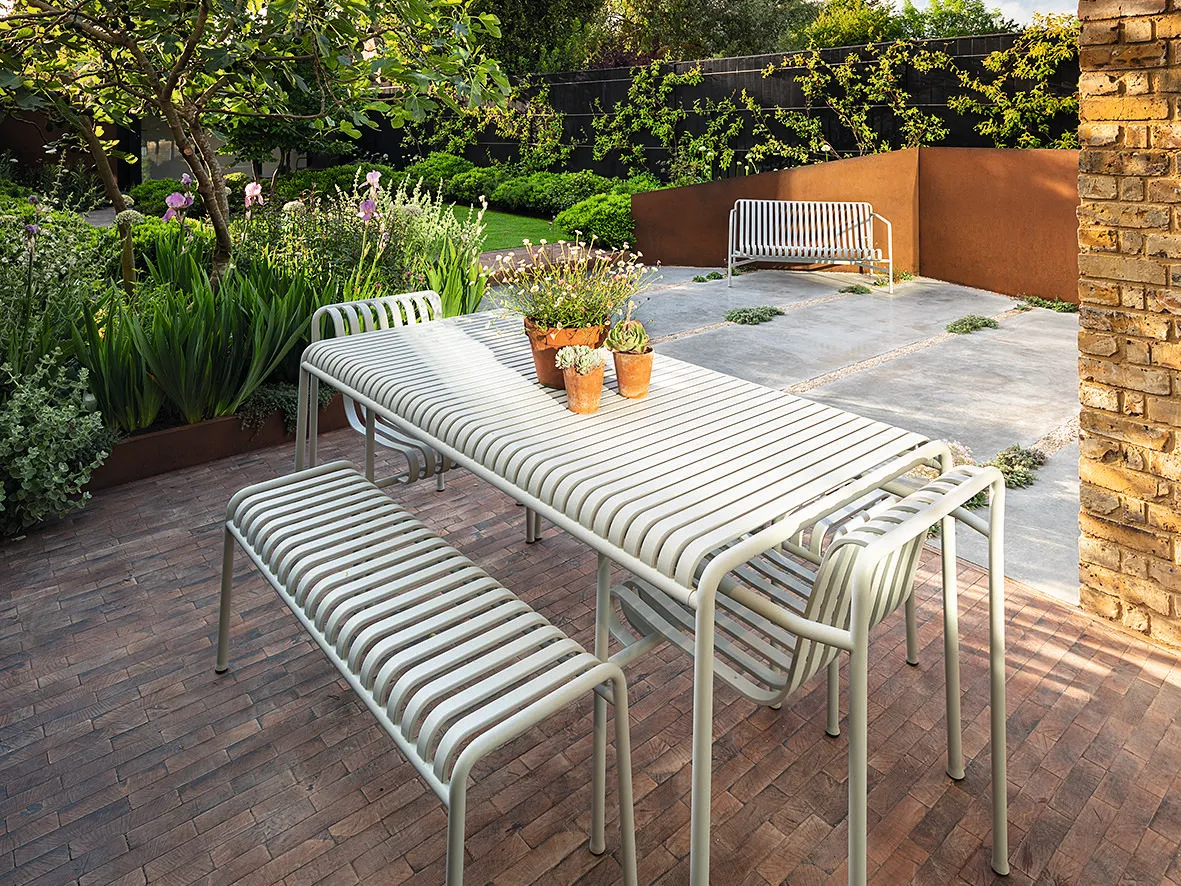
This small but elegant seaside garden faces southeast and in the early morning, as the sun rises above its boundary, the space is dramatically brought to life by slanting beams of light, which highlight the contrasting textures of velvety grass lawn and polished concrete terrace.
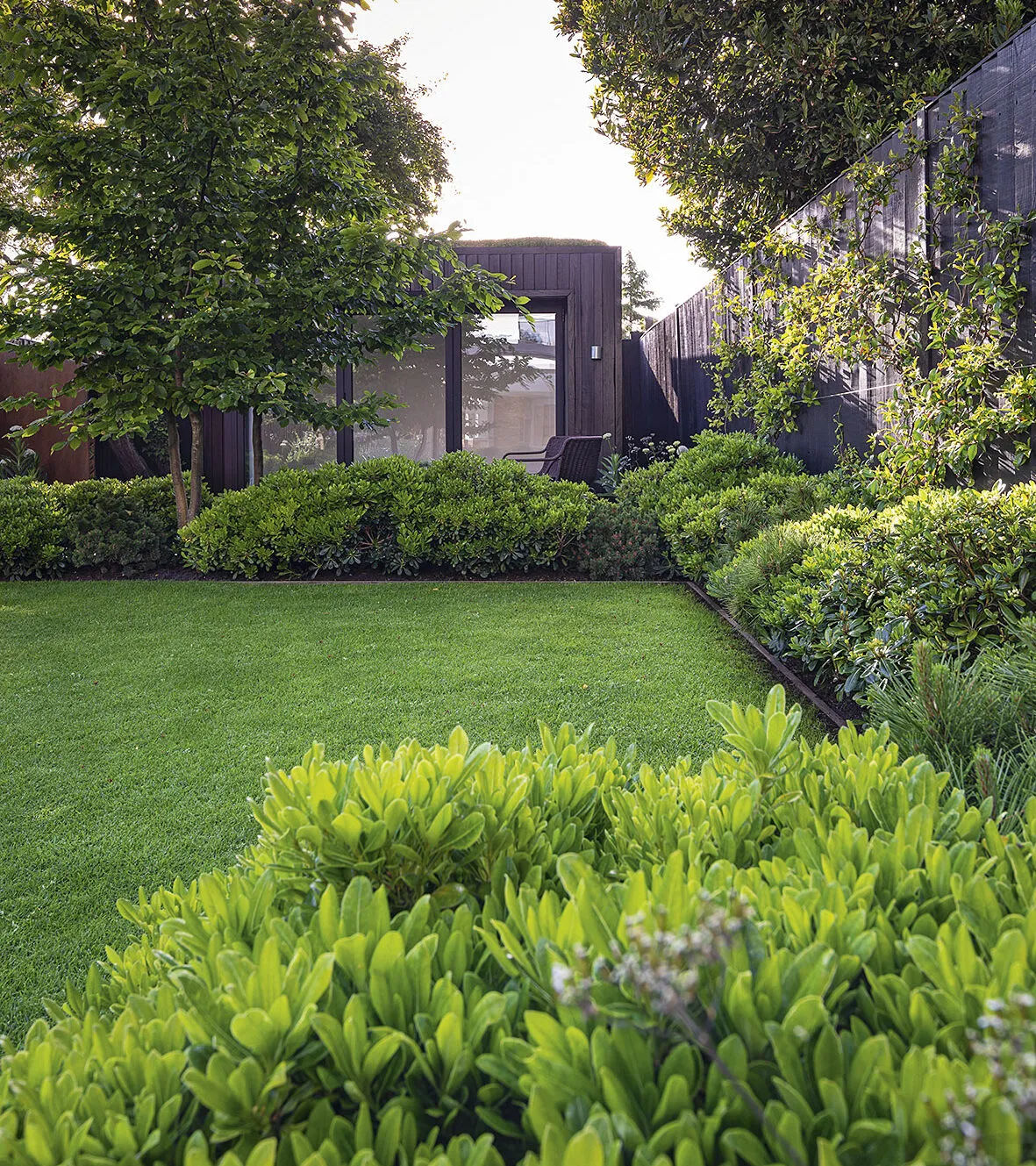
At the heart of the garden the planting is predominantly cool and green.
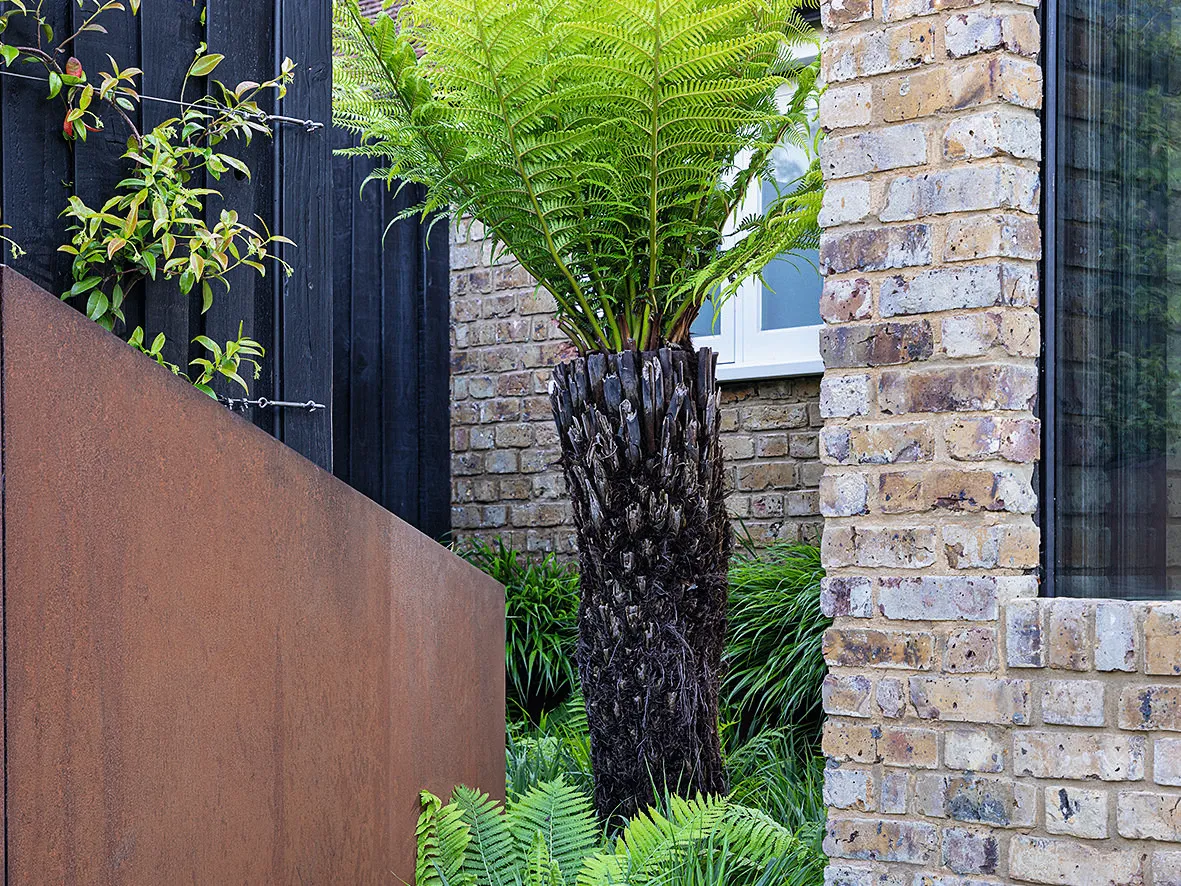
An awkward corner is turned into a stylish set piece with a tree fern (Dicksonia antarctica) rising from a sea of Hakonechloa macra and ferns

Looking back towards the house, a lush, green lawn framed by mounds of Pinus mugo and Pittosporum tobira is neatly bookended by a bold, diagonal sheet of Corten steel that encloses the polished concrete terrace, creating a sense of interconnecting rooms with different but complementary characters.
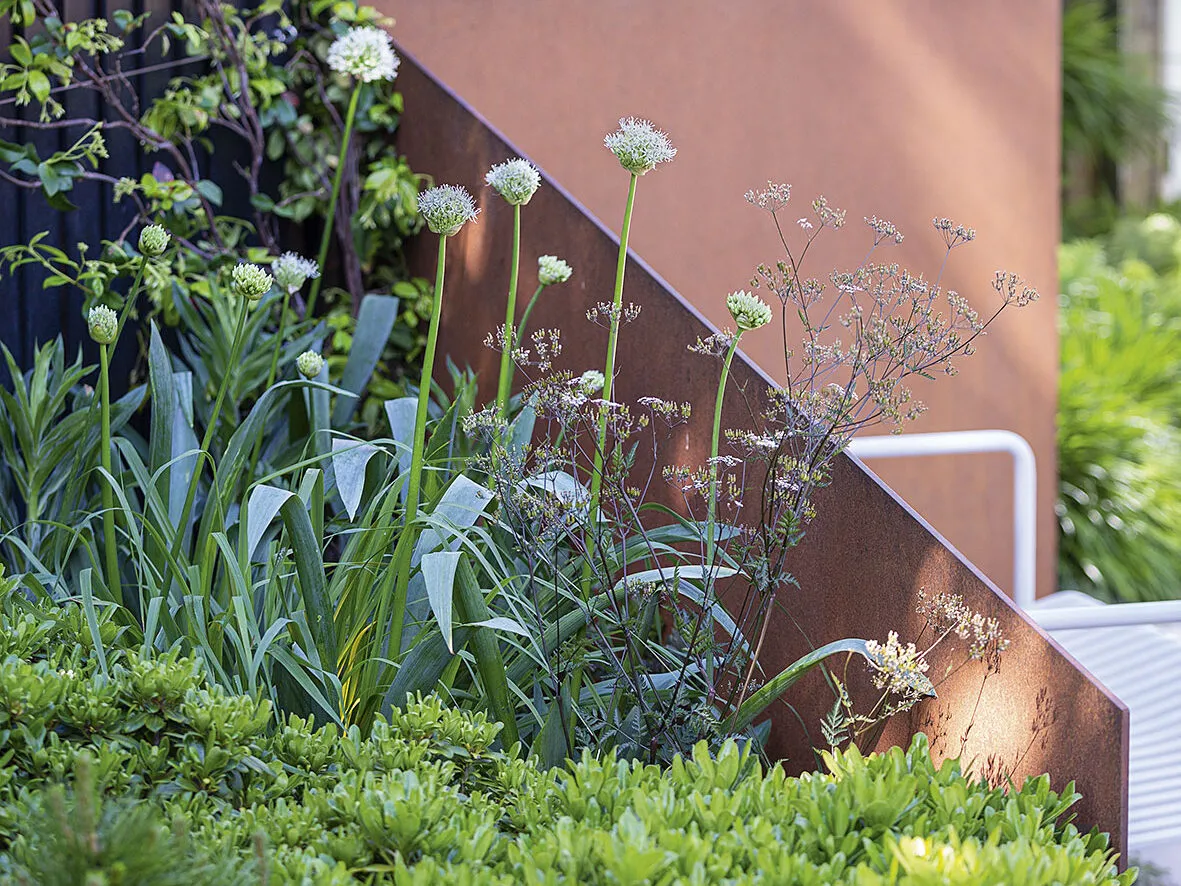
White Allium nigrum, backed by a Corten steel screen, rises out of mounds of Pinus mugo and Pittosporum tobira.
